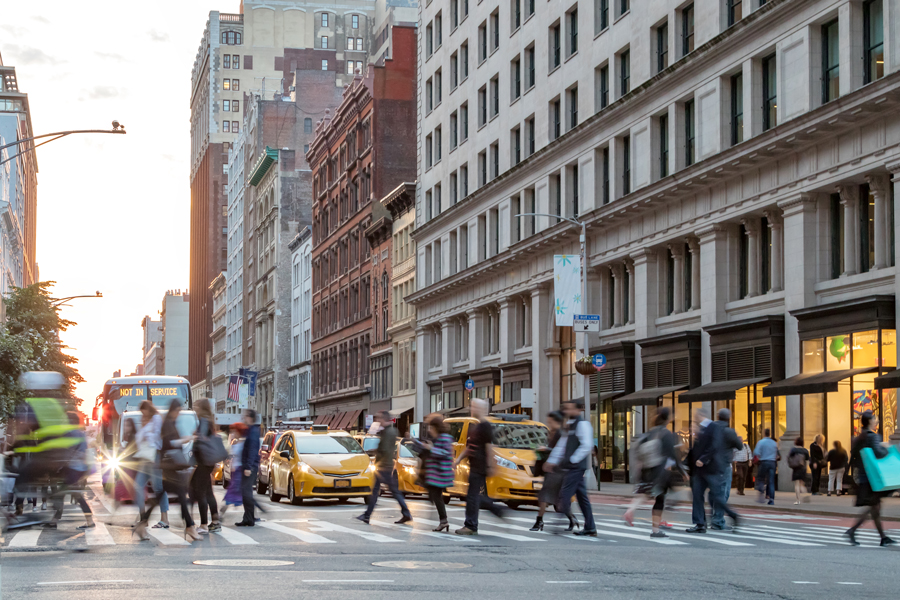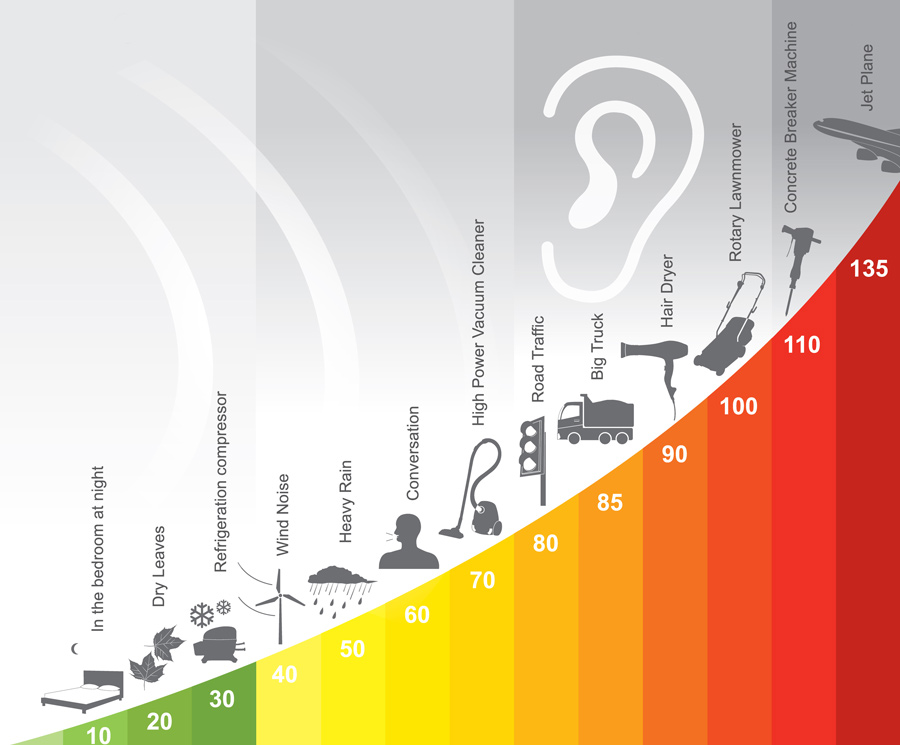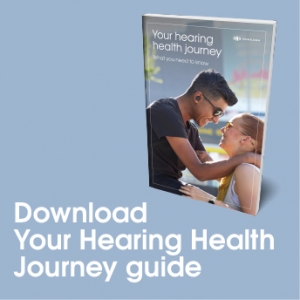What is Environmental Noise?
According to Science Direct, “Environmental noise is defined as unwanted or harmful outdoor sound created by human activity, such as noise emitted by means of transport, road traffic, rail traffic, air traffic and industrial activity.”
This source of noise is an environmental pollutant that can cause annoyance and stress for individuals on an everyday basis. A growing percentage of the world’s population remains unprotected from potentially-damaging everyday noise levels. People do not have the ability to escape these high levels of environmental noise. It’s in their neighborhoods, schools, and workplaces.
Noise pollution is still a form of pollution, and unfortunately, it’s all around us.

The main source of environmental noise that humans are exposed to is road traffic. Research indicates that traffic noise in urban areas has staggeringly increased since the start of this century, mostly due to a rise in transportation of people and goods. In urban areas, traffic-related noise accounts for 80% of all communal noise sources.
How is it Affecting Us?
Lengthy exposure to excessive noise causes a variety of health issues. From stress and communication difficulties to more serious problems such as cardiovascular disease and hearing loss.
An estimated 2 billion citizens around the world that face exposure to road traffic related, environmental noise levels of over 55 decibels. This statistic jumps to 85 decibels for people living it cities. Levels of which are considered harmful for your health. Unlike many other injuries, once your hearing is damaged, it is unable to be repaired. Sirens, a noise people hear everyday without choice, “ring at a sound-pressure level of 120 decibels, a level that corresponds with the human pain threshold, according to the World Health Organization.”

Even as you sleep, your ears are working. They constantly transmit sounds that the brain then interprets and processes. This continual noise sets off the body’s stress response, which raises your blood pressure and heart rate. Potentially sending the body into a state of hyperarousal. This is the response that can lead to cardiovascular disease amongst other health problems.
The 2011 World Health Organization report titled ‘Burden of Disease from Environmental Noise’ found “that at least one million healthy years of life are lost each year in Europe alone due to noise pollution,” the authors also concluded that as other forms of pollution are decreasing, noise pollution is continuing to rise.
Are there regulations surrounding Environmental Noise?
In 1908, New York set up its first quiet zones. Quiet zones are areas or places where noisemaking is especially prohibited because of its potential to cause harm, such as around hospitals and schools. Violating a quiet zone was punishable by fine or imprisonment as a misdemeanor offense.
In 1974, the US Environmental Protection Agency released a document titled “Information on Levels of Noise Requisite to Protect Public Health and Welfare with an Adequate Margin of Safety (PDF).” One of the purposes of the document was to provide a basis for state and local governments when setting environmental noise standards. As this is only a basis, the rules and regulations surrounding environmental noise are subject to change between states.

In Australia, each state and territory government sets their own standards surrounding environmental noise. For Western Australia, the Environmental Protection (Noise) Regulations 1997 (Noise Regulations) sets noise-related ordinances.
“Its aim is to protect people from unnecessary disturbance from noise, defined under the Act to include any vibration of any frequency, whether transmitted through air or any other physical medium” – Noise Control and Management | City of Perth
How to Mitigate Exposure to Environmental Noise
There are a variety of ways you can try to reduce your exposure to environmental noise. Some companies specialize in products designed specifically to help control environmental noise.
For example, sound barrier walls work to block out noise of industrial manufacturing equipment, loading docks, railways, airport noise and more to meet property line noise ordinances. Similarly, outdoor acoustic curtains are a cost-effective solution that reduce reflected, and block transmitted, airborne noise. These industrial solutions today are increasingly common in building structures all over the world. The goal is to protect employees working in loud working environments from environmental noise.
On an individual level, earbuds are another solution to reduce exposure to environmental noise. Some devices enable users to be in almost complete control of what they hear (or don’t hear).


